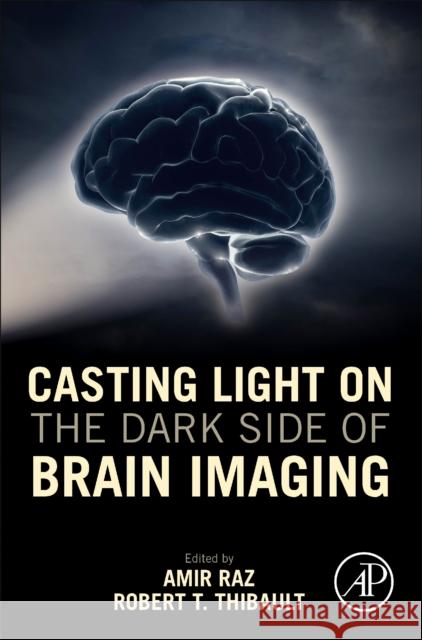Casting Light on the Dark Side of Brain Imaging » książka
topmenu
Casting Light on the Dark Side of Brain Imaging
ISBN-13: 9780128161791 / Angielski / Miękka / 2019 / 204 str.
Kategorie:
Kategorie BISAC:
Wydawca:
Academic Press
Język:
Angielski
ISBN-13:
9780128161791
Rok wydania:
2019
Ilość stron:
204
Waga:
0.32 kg
Wymiary:
22.61 x 15.24 x 1.52
Oprawa:
Miękka
Wolumenów:
01
Dodatkowe informacje:
Bibliografia
Wydanie ilustrowane
Wydanie ilustrowane











